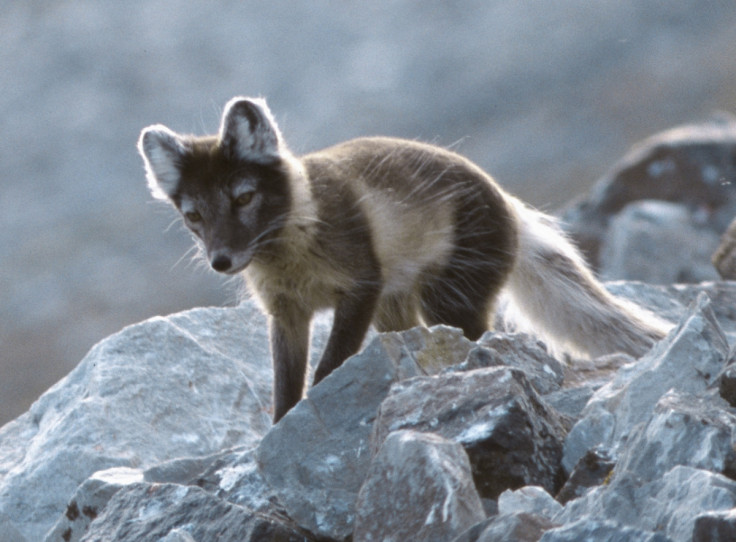Arctic Fox and Woolly Rhino Evolved in Ancient Tibet 'Training Ground', Scientists Claim

Ancient Tibet acted as a "cradle of evolution" for early cold-adapted mammals, providing a "training ground" before they migrated north to the Arctic region.
Early mammals including the arctic fox, an extinct species of woolly rhino, the three-toed horse and a Tibetan bharal – or blue sheep – were all found to have evolved on the Tibetan Plateau.
Published in the Proceedings of the Royal Society B: Biological Sciences, an international team of scientists looked at fossil specimens discovered in the Zanda Basin in Southern Tibet in 2010.
They believe that the fossils found show the evolution of present day animals in the Arctic region are closely connected to ancestors who were first adapted to life in the cold in Tibet.
The advance and retreat of ice sheets during Ice Ages have had a huge impact on the evolution and geographical distribution of animals.
Scientists found the fossil of a three to five million-year-old Tibetan Fox from the Himalayan Mountains that was probably the ancestor of the modern Arctic fox. They also discovered the fossils of 29 other mammals, including a badger, snow leopard, Tibetan antelope, blue sheep, three-toed horse and woolly rhino.
The adaption of these species has normally been attributed to the arctic tundra or other cold areas. However, the team suggest a new "out of Tibet" theory that suggests some Ice Age megafauna used Tibet as a "training ground" where they evolved to cope with extremely cold conditions.
These animals were, as a result, pre-adapted to life during the Ice Age that started around 2.6 million years ago.
Lead author Xiaoming Wang, of the Natural History Museum of Los Angeles County, said the discovery of the fossils was the result of 15 expeditions to Tibet, working at high altitudes where it is difficult to breath and water freezes overnight.
"There are a lot of challenges," he said, "but in paleontological terms, it is a relatively unexplored environment. Our efforts are rewriting a significant chapter of our planet's recent geological history."
© Copyright IBTimes 2025. All rights reserved.






















